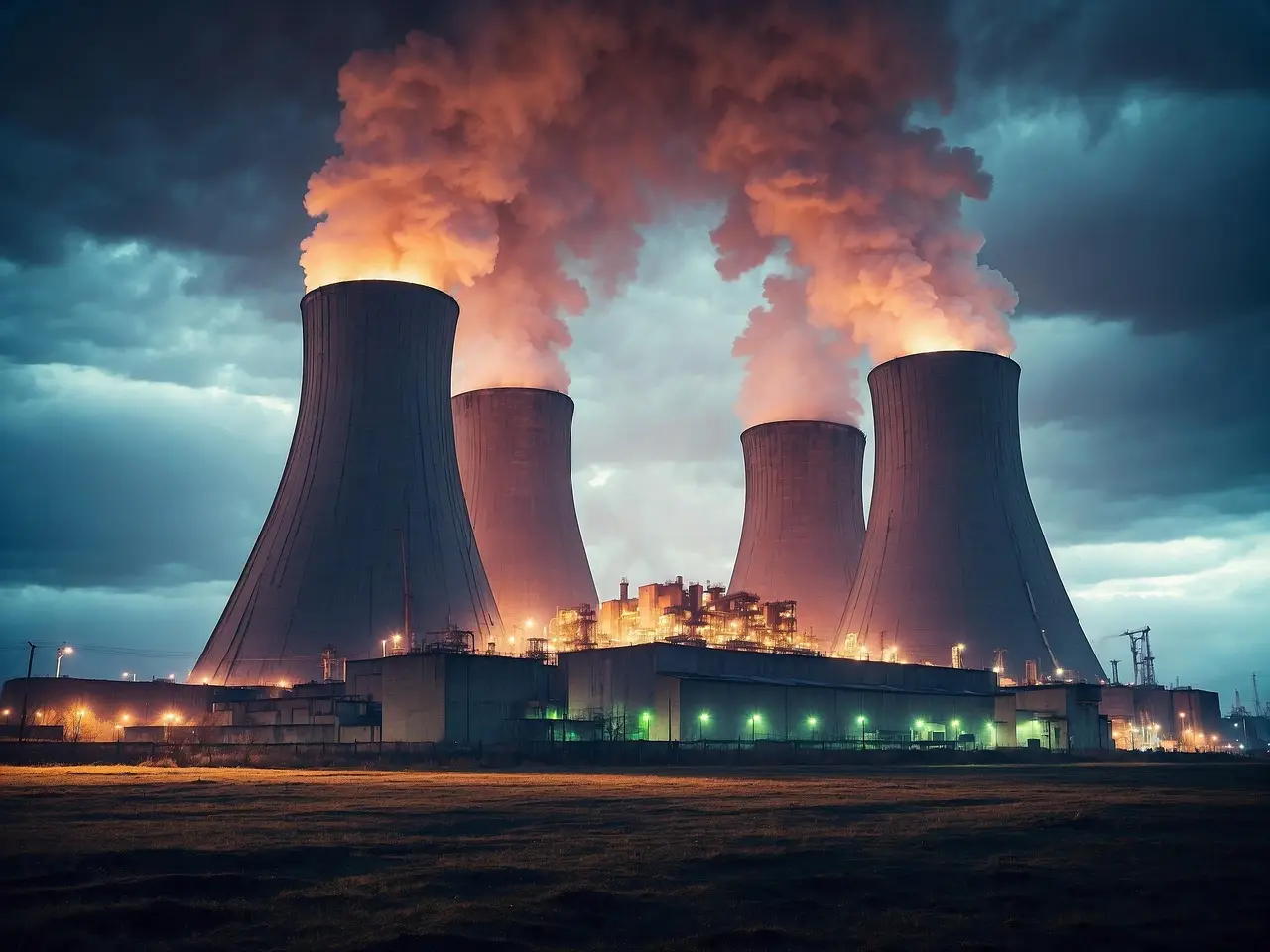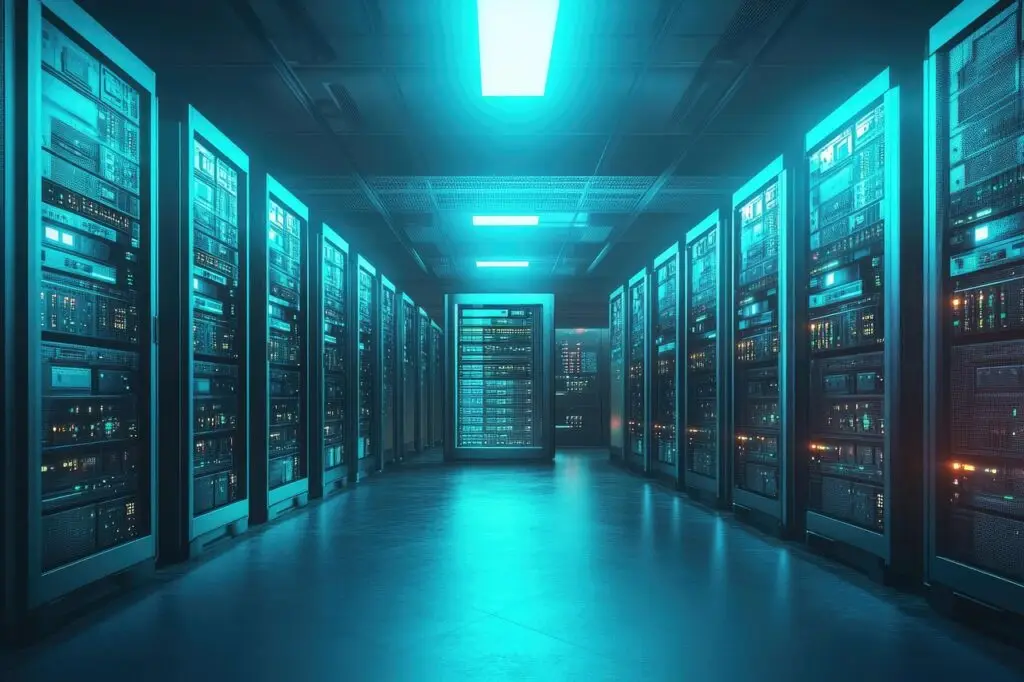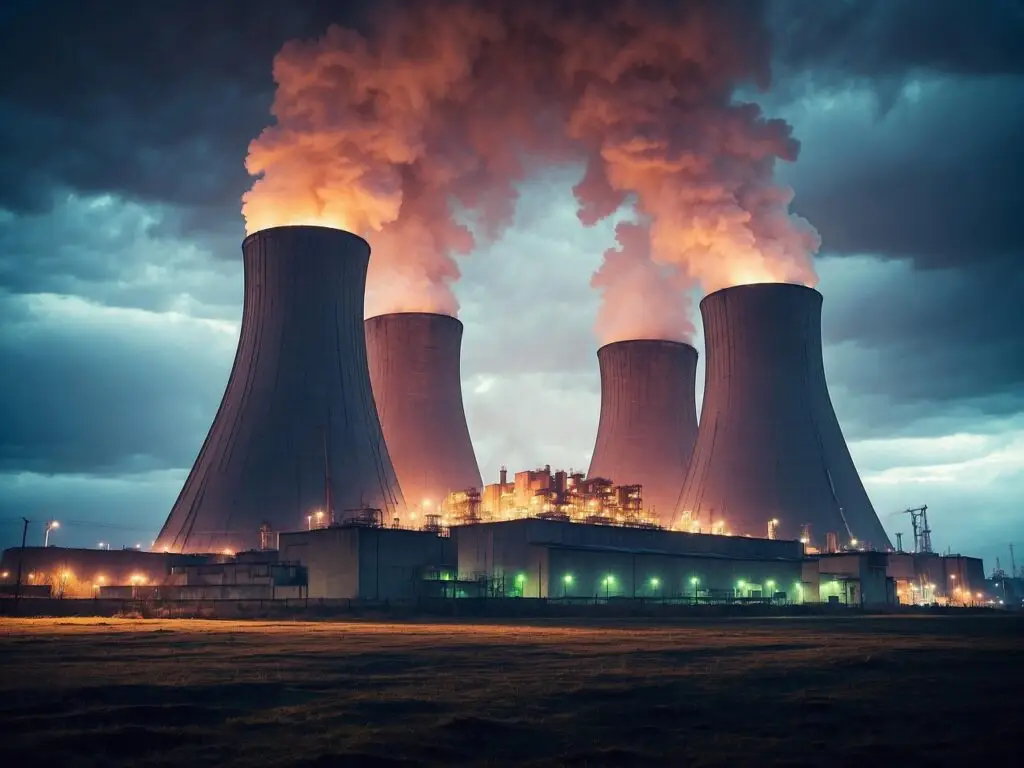Introduction
In 1979, the Three Mile Island (TMI) nuclear plant near Harrisburg, Pennsylvania, became the scene of the worst nuclear accident in U.S. history. A partial meltdown in Reactor 2 triggered widespread panic, reshaped nuclear safety regulations, and left the facility dormant for decades. Now, over 40 years later, the site is undergoing a remarkable transformation not as a nuclear plant, but as a clean energy hub. This is the story of how a symbol of nuclear disaster is being reborn.
The Three Mile Island Disaster: What Happened?
On March 28, 1979, a combination of mechanical failure and human error led to a partial meltdown in TMI’s Unit 2 reactor. While the containment structure prevented a catastrophic release of radiation, the incident:
- Forced evacuations of pregnant women and children amid fears of contamination.
- Sparked nationwide protests against nuclear power.
- Changed U.S. nuclear policy, leading to stricter safety rules and a decades-long slowdown in plant construction.
Unit 2 was permanently shut down, while Unit 1 operated until 2019 before closing due to economic pressures.
Why Revive Three Mile Island Now?
1. The Push for Clean Energy
With the U.S. aiming for carbon neutrality by 2050, former nuclear sites are being repurposed for renewable energy projects. TMI’s existing infrastructure—transmission lines, cooling water access, and a trained workforce—makes it ideal for redevelopment.
2. A Second Life for the Site
In 2023, TMI’s owner, Constellation Energy, announced plans to transform the area into a clean energy park, potentially featuring:
✅ Solar farms – Using open land around the plant.
✅ Hydrogen production – Leveraging nuclear expertise for green hydrogen.
✅ Energy storage – Battery systems to support grid stability.
3. Economic Revival for the Community
The plant’s closure cost hundreds of jobs. Redevelopment could bring:
- New employment opportunities in renewables.
- Tax revenue for Dauphin County.
Challenges & Controversies
- Nuclear Waste Storage – Spent fuel remains on-site, raising concerns.
- Public Skepticism – Some locals distrust nuclear-related projects.
- Costs – Clean energy transitions require major investment.
What This Means for the Future of Nuclear Power
Three Mile Island’s rebirth reflects a larger trend:
- Old nuclear sites are being repurposed for wind, solar, and hydrogen.
- Advanced nuclear reactors (like small modular reactors) could one day return to TMI.
Conclusion: From Meltdown to Renewal
Three Mile Island’s story is evolving from one of disaster to reinvention. As the U.S. shifts toward clean energy, this infamous site could become a model for how former nuclear facilities can support a sustainable future.
Do you think repurposing nuclear sites is a good idea? Share your thoughts below!









